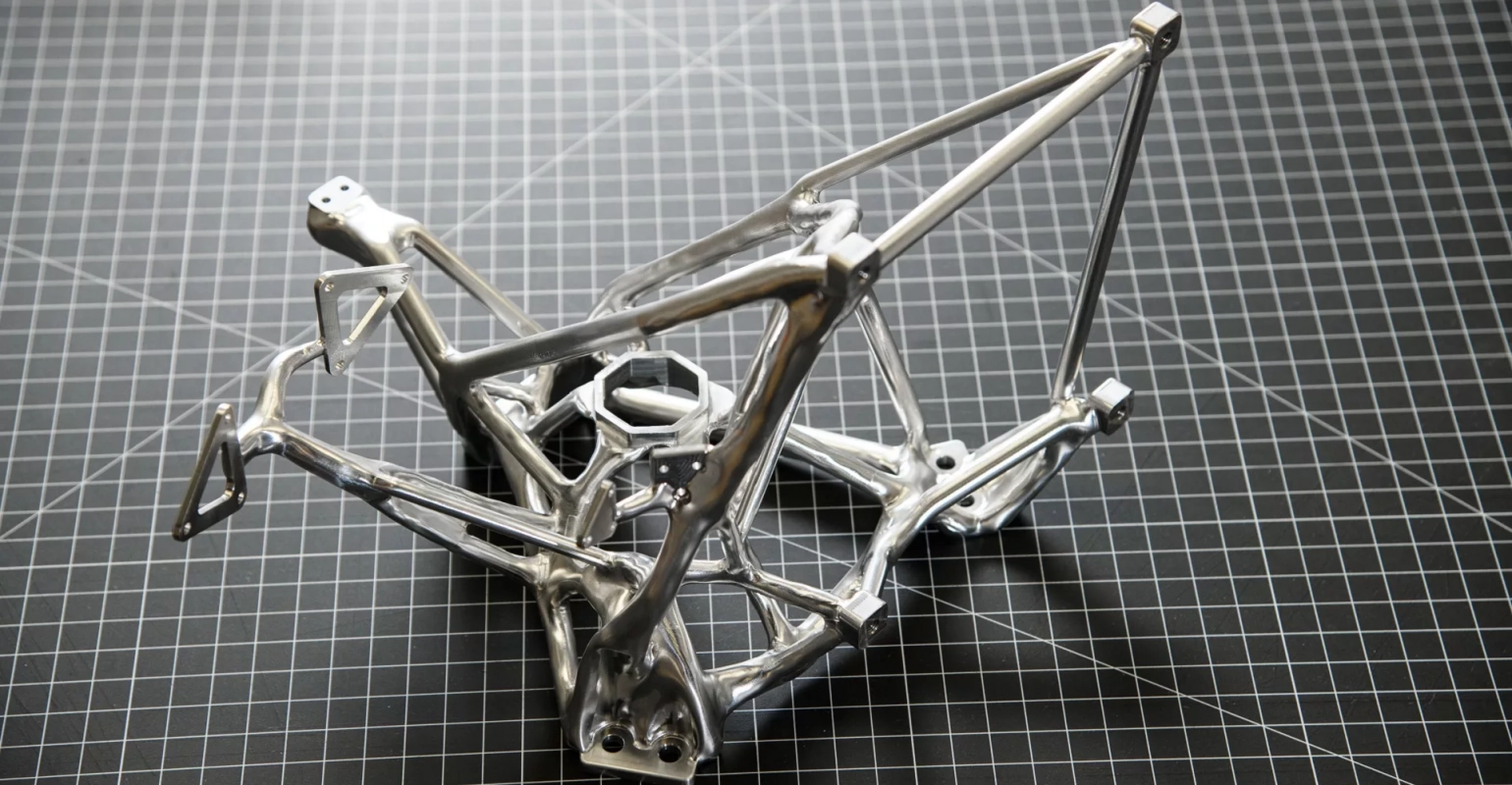Introduction
Similarities Between Automation Anywhere and UIPath
1. User-Friendly Interface: Both platforms offer intuitive, user-friendly interfaces that make it easier for users to design and implement automation workflows.
2. Scalability: Both Automation Anywhere and UIPath are designed to scale, catering to both small-scale automation tasks and enterprise-wide implementations.
3. AI Capabilities: Both platforms integrate AI and machine learning capabilities, enhancing the automation processes and allowing for more complex tasks.
3. Security: Given the sensitive nature of data in the healthcare industry, both platforms prioritize robust security features, including encryption and role-based access controls.
4. Training and Support: Both Automation Anywhere and UIPath offer extensive training resources, community forums, and customer support to assist users.
Differences Between Automation Anywhere and UIPath
1. Architecture: While both are cloud-friendly, Automation Anywhere offers a web-based platform, whereas UIPath primarily operates on a desktop-based platform.
2. Pricing Model: UIPath often operates on a per-bot pricing model, while Automation Anywhere has a more varied pricing structure that can include bot usage and additional features.
3. Integration Capabilities: UIPath tends to have a broader range of integration capabilities with third-party tools compared to Automation Anywhere.
4. Development Environment: Automation Anywhere provides a script-free environment, making it more accessible for those without coding knowledge. In contrast, UIPath offers a more developer-friendly environment.
Value for the Healthcare Industry
1. Patient Data Management: Both platforms can streamline the management of patient data, reducing manual entry errors and ensuring timely updates.
2. Billing and Claims Processing: RPA tools can automate the billing process, ensuring accuracy and reducing the turnaround time for claims.
3. Appointment Scheduling: Automation tools can handle appointment bookings, rescheduling, and reminders, enhancing patient experience.
4. Regulatory Compliance: Given the strict regulatory environment in healthcare, both Automation Anywhere and UIPath can ensure that processes remain compliant, reducing the risk of violations.




